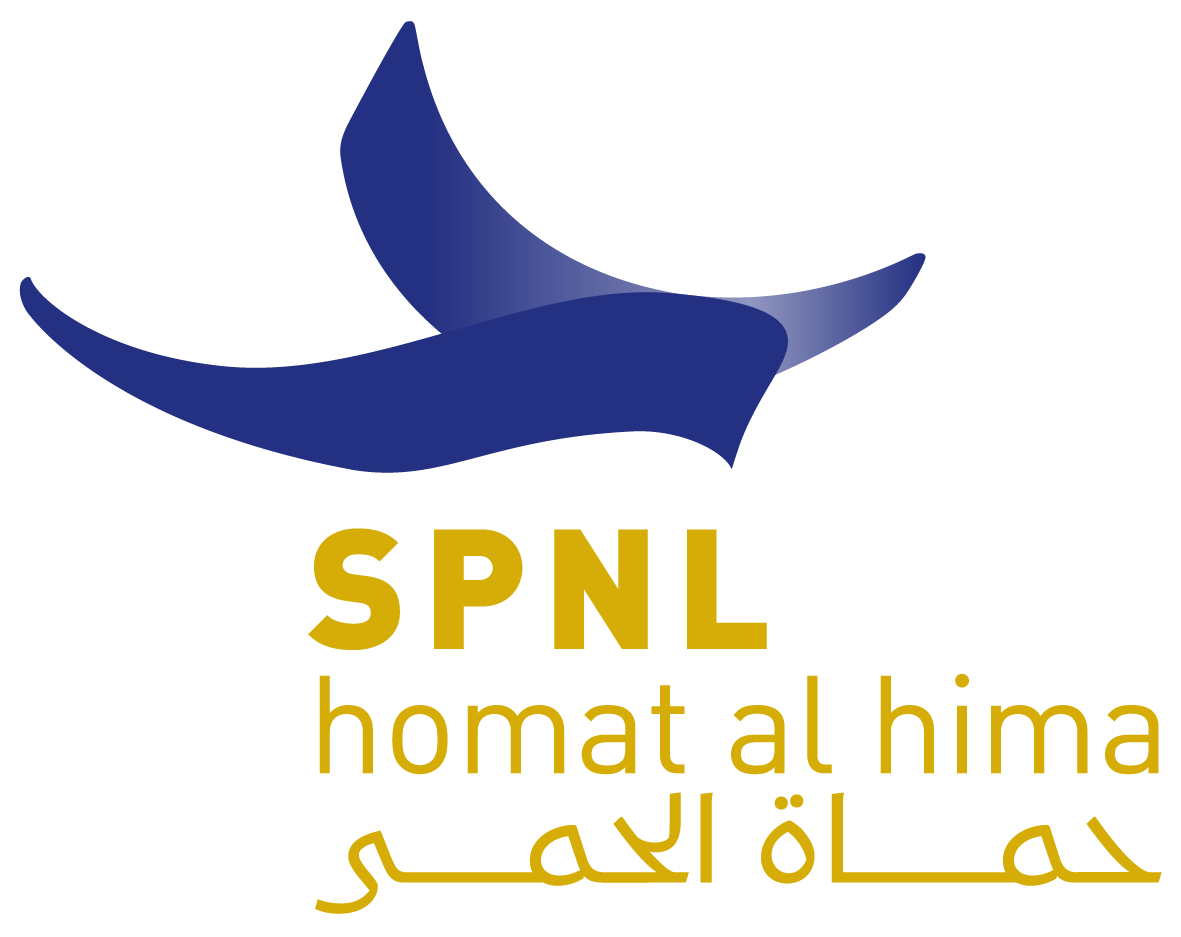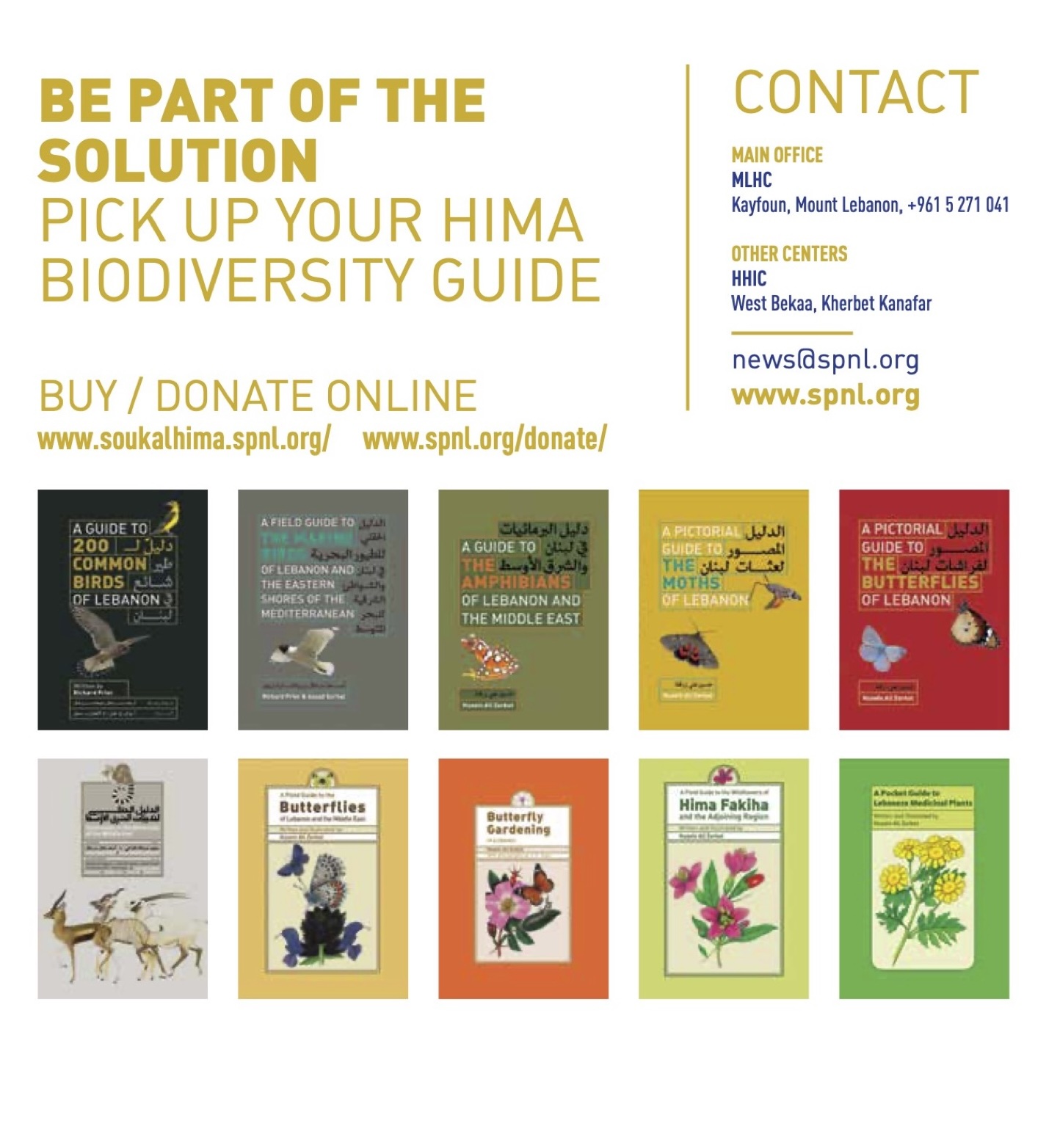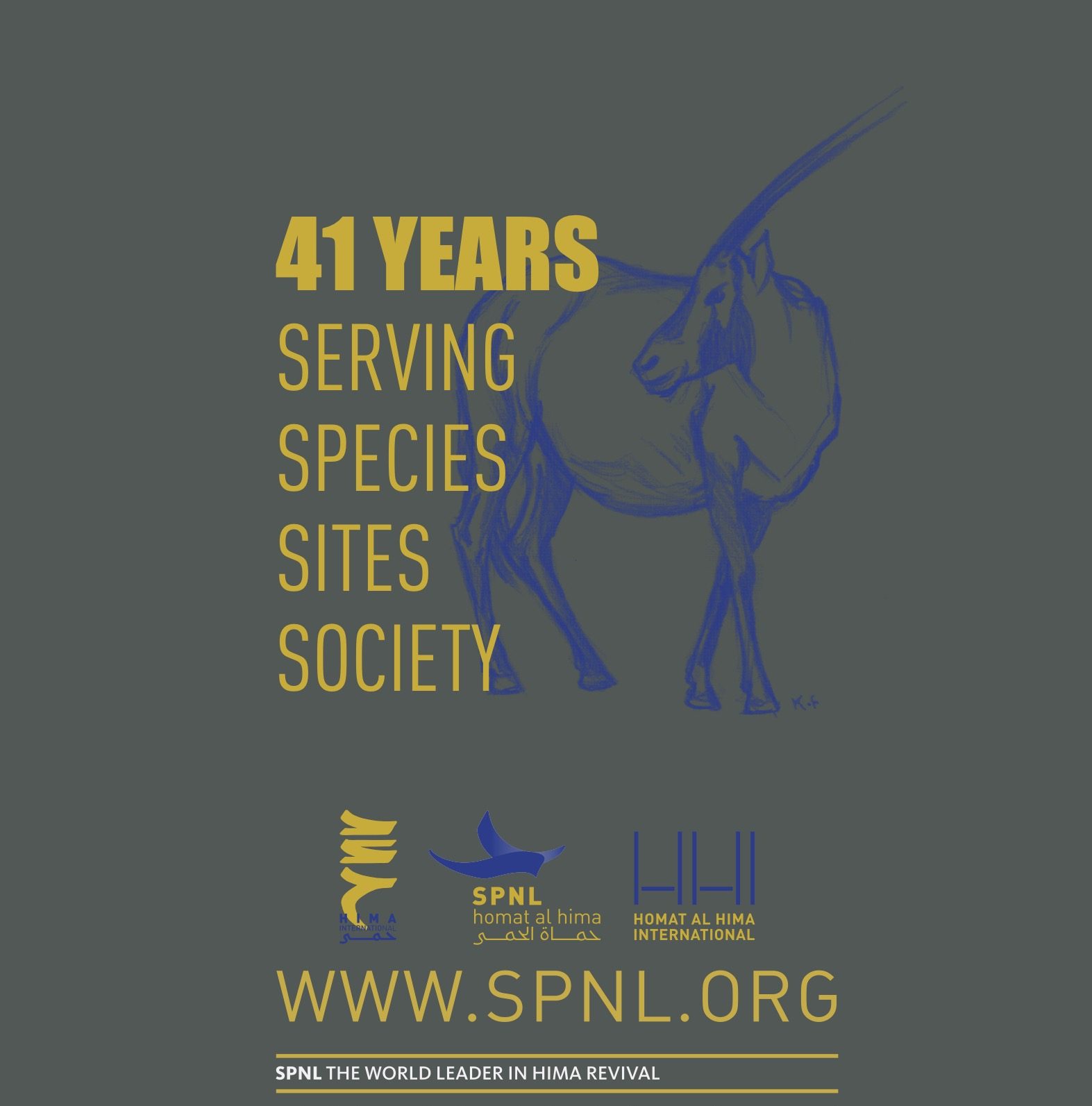The Minister of Environment, Tarek El-Khatib appointed Ms. Lara Semaha to represent MOE in the National KBA Coordination Groups.SPNL is happy, to be a key partner in this precious movement.

One of the principles of the KBA Programme is the strong involvement of local experts and stakeholders and in the identification and documentation of KBAs. To ensure the coordination and collaboration of national experts representing different taxonomic groups and biodiversity elements it is recommended to establish National Coordination Groups (NCGs) working towards the development of a single, coherent list of KBAs in each country. The work of the NCG should be guided primarily by scientific considerations.
Membership of the NCG may include NGOs, scientific institutions, relevant government departments and agencies, private sector organizations and indigenous people and local communities. The NCG may act as a proposer of KBAs or as a reviewer of proposals made by independent experts within or outside the country. The NCG may also decide to coordinate activities between different stakeholders to promote the conservation and management of KBAs at the national level.
Background
Key Biodiversity Areas (KBAs) are ‘sites that contribute significantly to the global persistence of biodiversity’. Over 15,000 have been identified worldwide in terrestrial, freshwater and marine environments.
In April 2016, A Global Standard for the identification of KBAs was adopted by International Union for the Conservation of Nature (IUCN). The KBA Standard seeks to harmonise existing approaches to the identification of important sites for biodiversity, support identification of important sites for elements of biodiversity not considered in existing approaches, and provide an objective, standard, consistent, repeatable, transparent and rigorous system. Each is a discrete area of land or water that meets the KBA criteria and thresholds and is manageable as a single unit.
In 2016 the KBA Partnership was launched, comprising BirdLife International, IUCN, World Wildlife Fund, Conservation International, Wildlife Conservation Society, Global Environment Facility, Critical Ecosystem Partnership Fund, NatureServe, Amphibian Survival Alliance, Global Wildlife Conservation and the Royal Society for the Protection of Birds. The Partnership’s purpose is to develop and maintain an up-to-date, fully documented list of sites identified against the KBA Standard, and to communicate, promote and position this information to enable the achievement of the KBA vision. Data will be held in the World Database of Key Biodiversity AreasTM and accessible online via the KBA Website (www.keybiodiversityareas.org).






